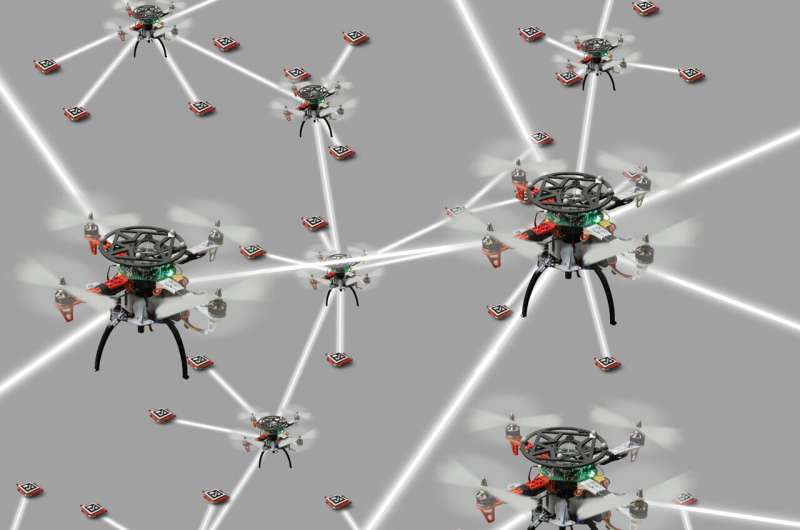
An approach from Université Libre de Bruxelles is transforming swarm robotics, paving the way for advanced teamwork and coordination in real-world applications.

The deployment of robot teams has the potential to revolutionize how humans address real-world challenges, enabling faster, more efficient task completion. Applications like disaster rescue or large-scale pollution monitoring could benefit immensely from teams of cooperating robots. Researchers at Université Libre de Bruxelles (ULB) have developed an innovative swarm architecture inspired by the human nervous system, designed to improve robot collaboration and efficiency.

This new approach allows robots to self-organize into dynamic sub-swarms, optimizing coordination for sensing, movement, and mission planning. “Swarm robotics has shown remarkable collective behaviors over the past two decades, but real-world applications remain limited due to challenges in self-organization. Designing effective swarm behaviors is notoriously difficult since individual robots must be programmed separately to achieve group-level outcomes. The team addressed this by integrating centralized and self-organized control elements. This fusion creates a “self-organizing nervous system” (SoNS), enabling robots to form ad-hoc control hierarchies during missions.
SoNS operates like middleware, allowing robots to dynamically adjust their roles within a leadership hierarchy. Each robot communicates only with its immediate neighbors, reducing communication bottlenecks. The system balances individual and collective behaviors to tackle complex tasks effectively, mimicking the human nervous system’s adaptability.This architecture enables robots to act collectively as if controlled by a single “brain,” significantly enhancing scalability, flexibility, and fault tolerance. Tests with up to 250 aerial and ground robots, along with real-world prototypes, demonstrated impressive coordination capabilities.
The researchers aim to refine SoNS further, integrating advanced capabilities like online learning and autonomous mission planning. This breakthrough could bring swarm robotics closer to real-world applications, from disaster recovery to environmental monitoring, heralding a new era of robotic collaboration.










